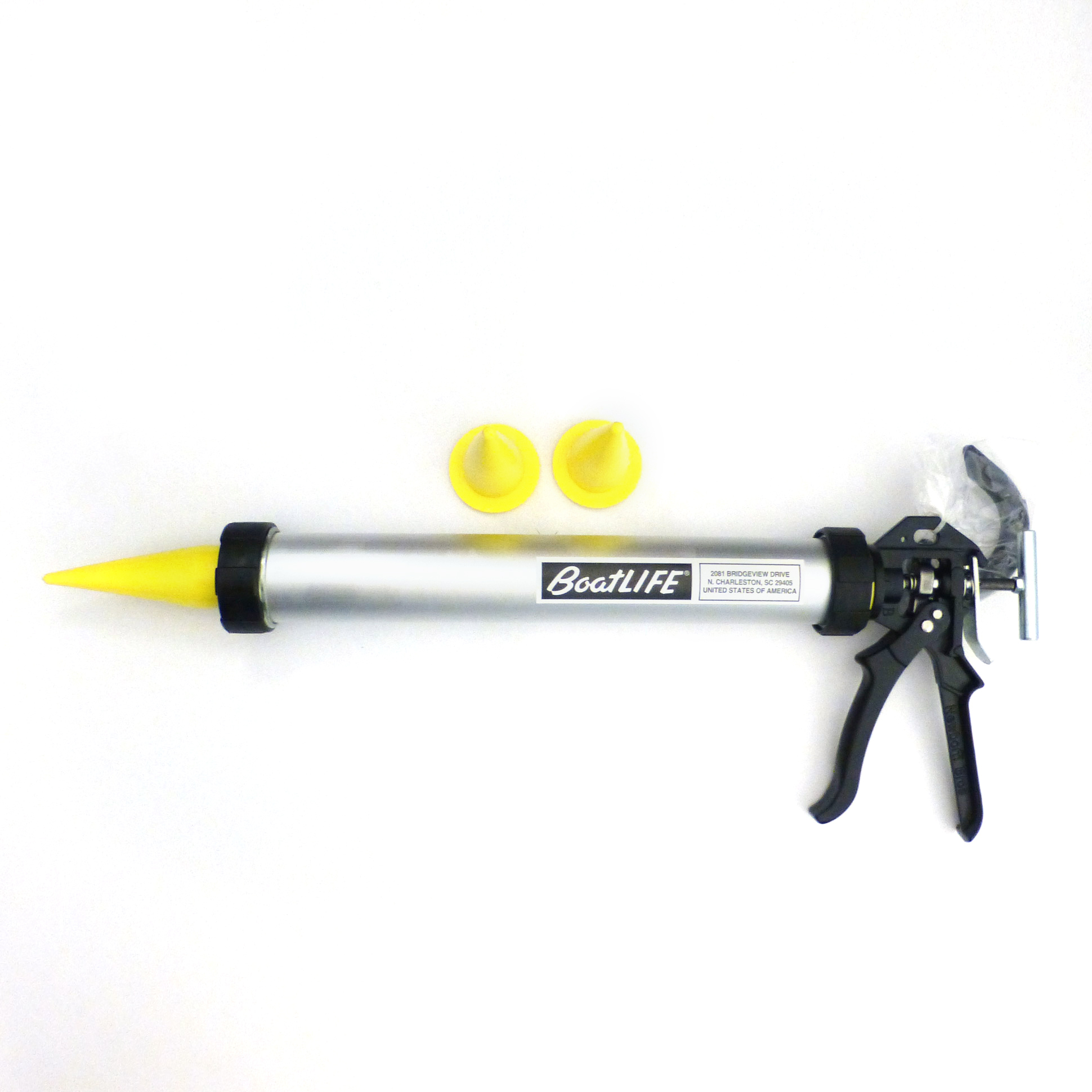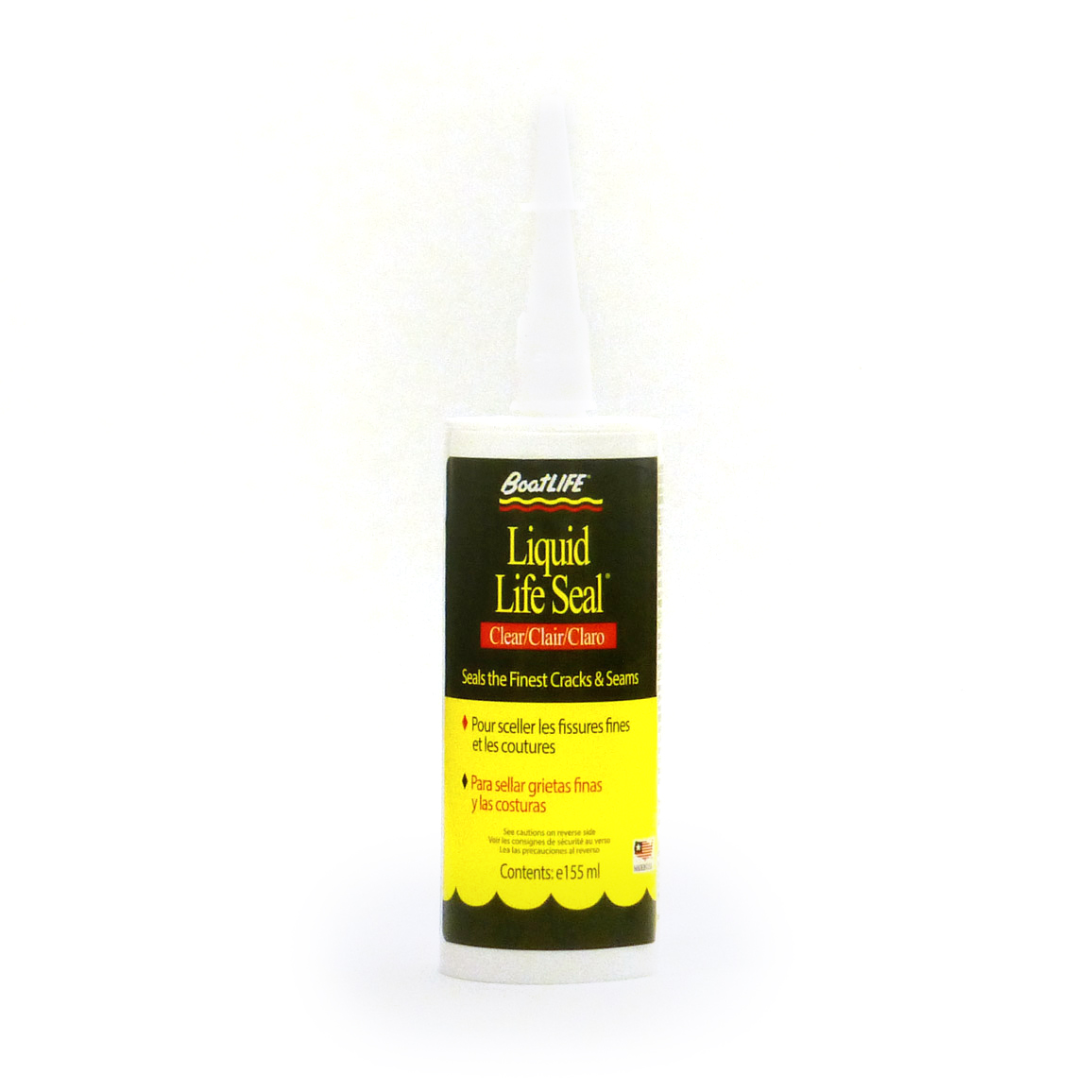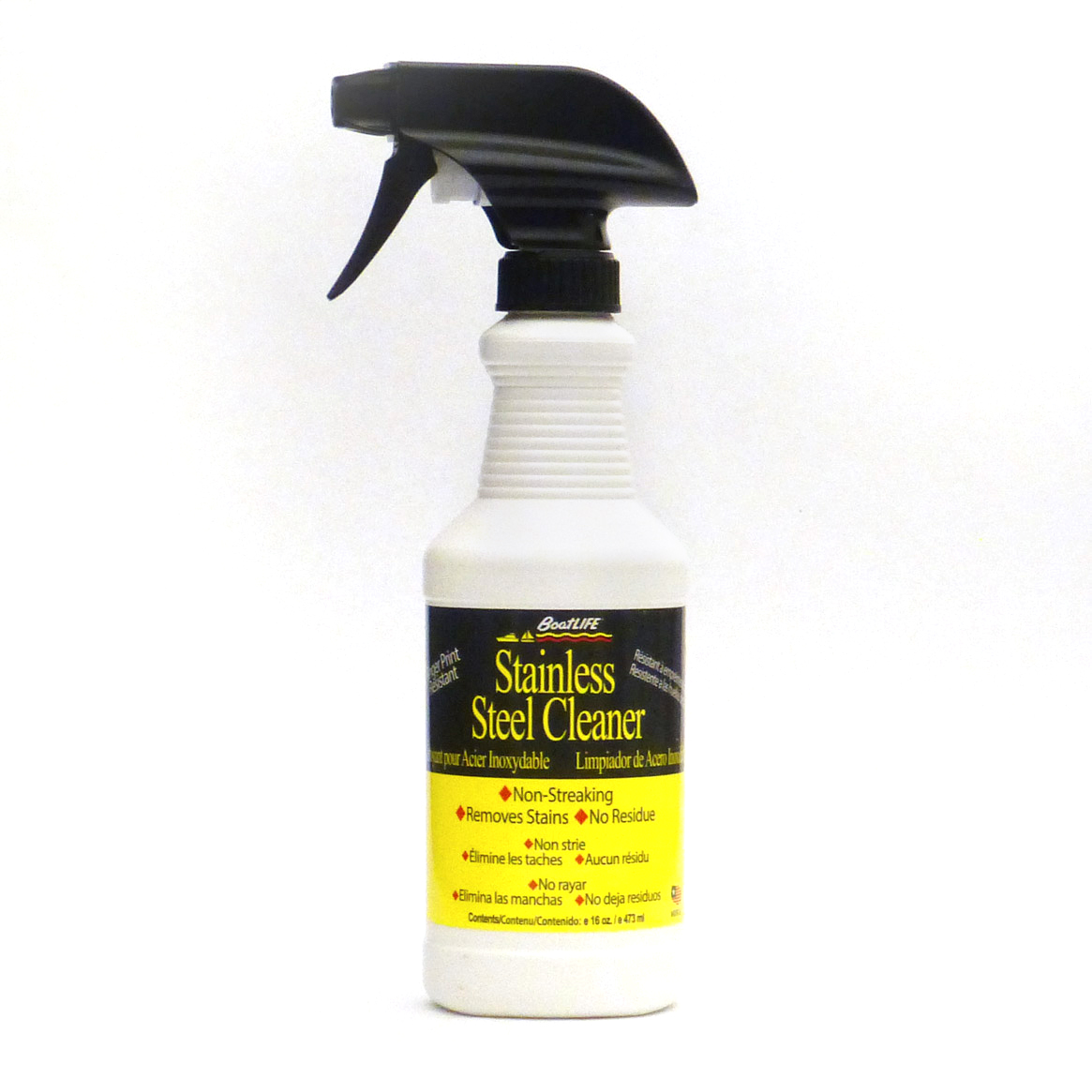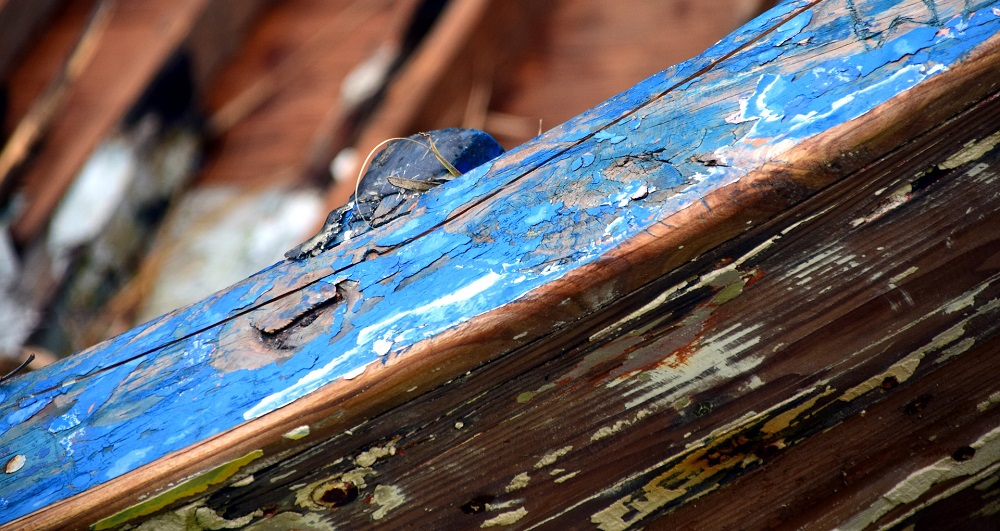
As any experienced boat owner will tell you, taking care of your boat isn’t quite like taking care of your car. With your car, you only have to clean it out once in a while, take it to get washed (or hope it rains when you’re not driving), and maybe bring it to the mechanic every so often. That’s all well and good when your vehicle is above land, but when you’re dealing with an object that lives in the water, maintenance becomes a different story indeed.
So it is with boats. Boats aren’t just metal; they’re wood, canvas, and a number of other materials that have to be tended to. And if you’re going to keep your boat as well-maintained as you keep your car, you’re going to have to know how to treat all of these materials.
What is Dry Rot?
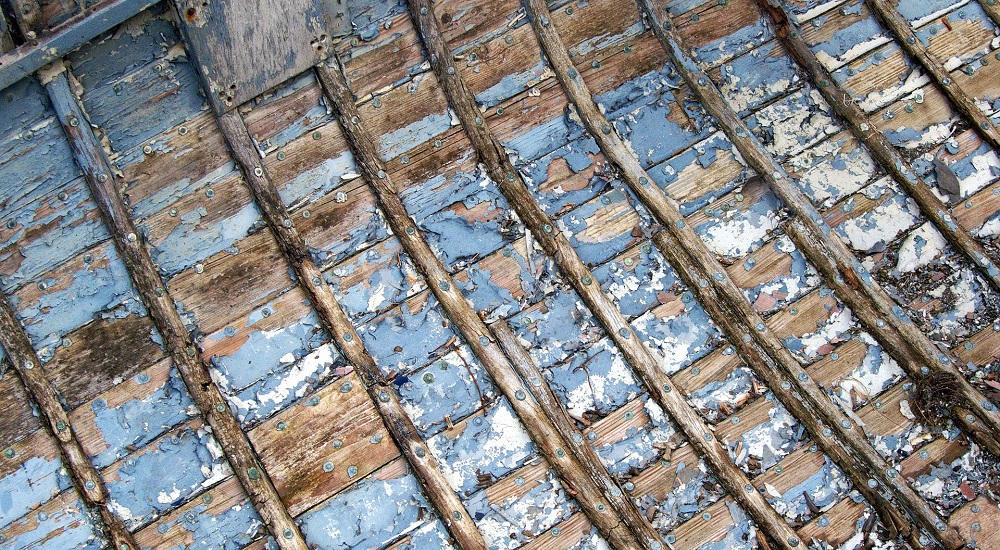
Dry rot is a process that happens to wood, usually caused by expanding fungi in poorly-insulated areas—but boats are highly susceptible to the process as well. Exposure to water on a boat is, well, unavoidable—and wood that has frequent exposure to water is simply asking for the potential for dry rot. And because the quality of your boat’s wood is essential to the quality of your boat itself, it will help to know how to combat this hidden enemy.
Stage One: Diagnosis
The first question is simple: how do you know when you’ve got dry rot? Obviously, simply looking at the wood won’t suffice, as wood is notorious for being able to rot from the inside out. This means that you’ll have to take more than a passing glance at your wood to understand whether or not it’s starting to succumb to dry rot. Take a look at all the wood you can—including under corners and crevasses—to see if there’s any evidence of dry rot. Look for any discoloration of the wood itself: if parts of the wood look different than the rest of it, then you’re looking at the potential for dry rot.
Drilling is really the only method you have of knowing what’s going on inside the wood itself, so many boat owners will recommend drilling into non-load-bearing areas of your wood to check the integrity of the materials. What you’re looking for here are hollow areas that indicate that the wood is breaking down and losing integrity—and that means it’s time to get it fixed.
Stage Two: Prevention and Repair

The best way to ensure you don’t get dry rot? Prevention. Continually inspect your wood to see if it’s in need of any repairs before it gets further damage; the quicker you take care of it, the less damage there will ultimately be to your boat. An End Grain Sealer will help to prevent rot as well, as it adds a layer of protection to the most vulnerable areas.
When dealing with dry rot, you can also use a “Git-Rot” Kit, which is designed to be used when the wood is completely dry.
Shop BoatLIFE Products
Dealing with dry rot is tough, and will often mean replacements. So be sure to constantly work to prevent any dry rot damage and to consult an expert when you believe you may have rot.



